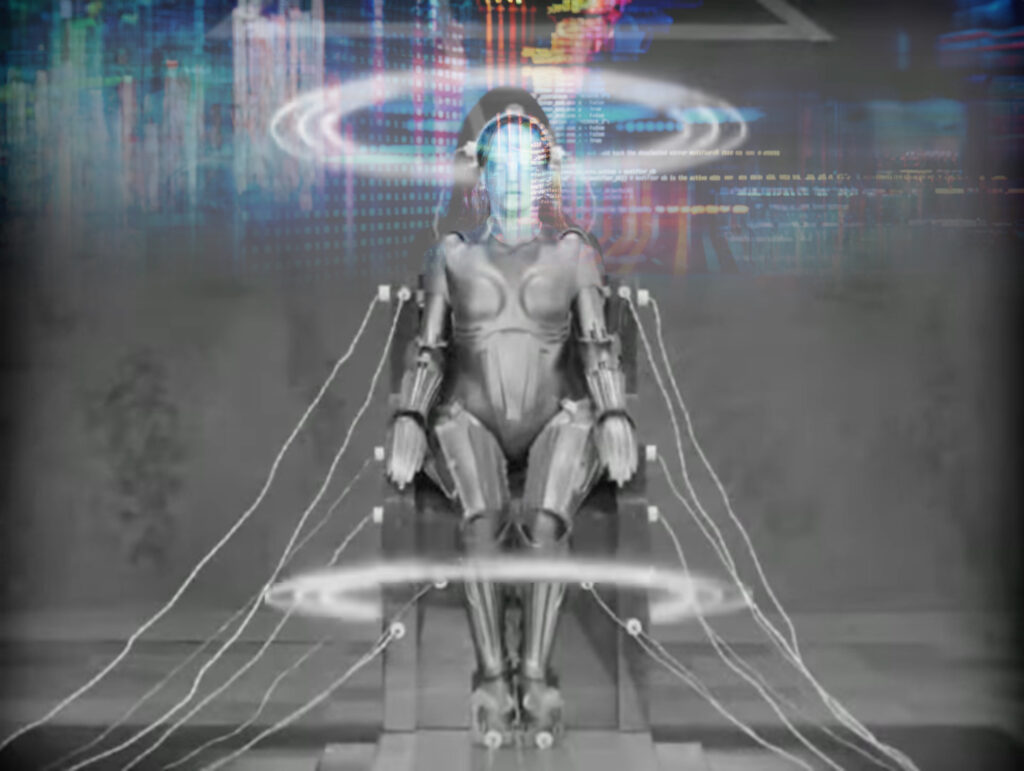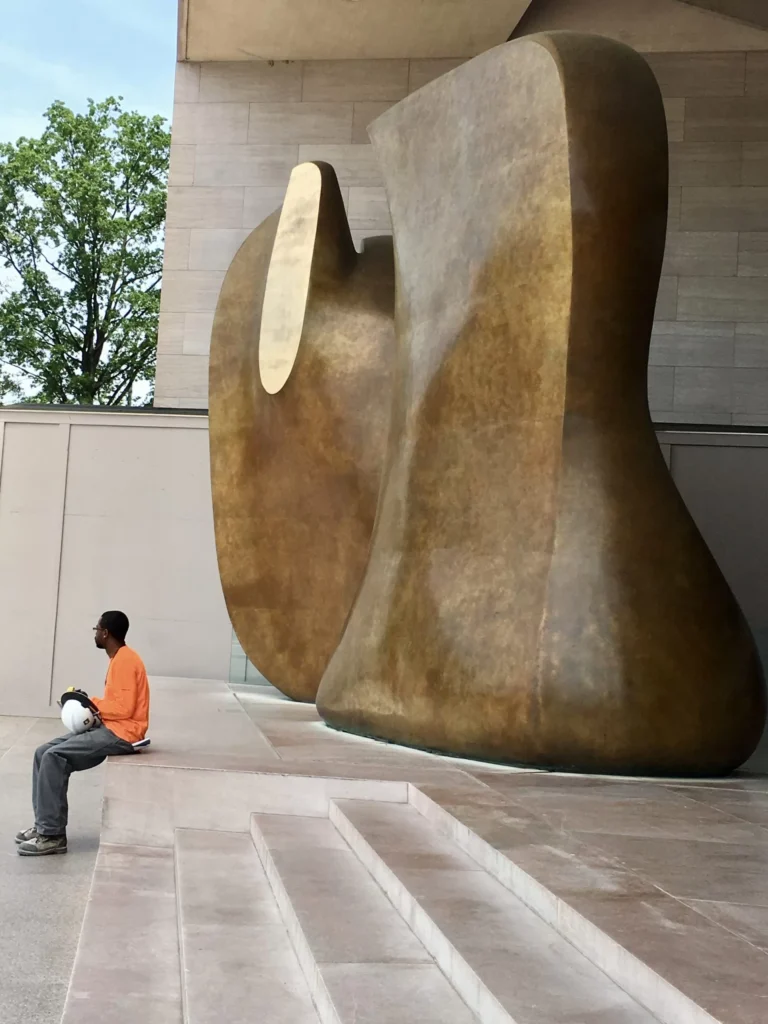Post published in March, 2011
What impresses me most about nuclear materials is the inhuman scale of their behavior. For example, what does it mean that some radioactive materials, like Plutonium 244, have a half-life of 80 million years? This “half-life” is 8,000 times longer than all of recorded human history. This has to make you wonder, at least a little, if we are out of our league when we mess with this kind of stuff.
The disaster at the Fukushima I Nuclear Power Plant in Japan is now rated 5 on a 7 point scale of such disasters, with Chernobyl having been the only one to have reached the maximum 7. (Author’s note: This disaster was subsequently elevated to a 7.) As of now, this will go down as the second worst nuclear disaster to date, and so far, no one has died directly from it. This fact has prompted some to look at this as a possible case FOR the expansion of nuclear power. It is suggested by some very smart people that maybe we should all just get used to living with more radiation. More people die from our use of coal for energy. George Monbiot made an interesting case along these lines in the Guardian.
What bothers me, though, is time.
The New York Times recently ran an essay comparing past nuclear disasters, and it noted that as a consequence of the Chernobyl disaster, “5 million residents of the area were exposed, and 100,000 people CONTINUE to receive radiation contamination from their food and environment.”* (emphasis mine) Please note that we are approaching the 25th anniversary of that disaster.
We all now live with the consequences of our policy makers’ willingness to make and use things that we cannot fully control.
Chernobyl produced about 400 times the amount of radioactive material as the bomb dropped on Hiroshima, but this is still only 1/100th (or by some estimates 1/1000th) of what is thought to have been released into the atmosphere as fallout from cold war nuclear weapons testing. Radioactive isotopes like strontium-90 (half-life: 28 years), cesium-137 (30 years) and carbon-14 (5,700 years), are now found in the soil worldwide. The US alone conducted 1,054 tests (including 331 atmospheric tests) between 1945 and 1992.*
We all now live with the consequences of our policy makers’ willingness to make and use things that we cannot fully control.
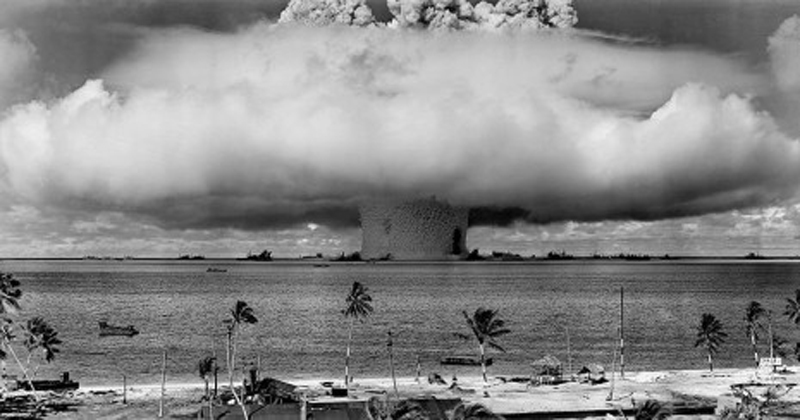
This photograph, from a moment near the dawn of our 65+ year-old nuclear age, shows a 1946 US nuclear test conducted at the Bikini Atoll in the Marshall Islands. In 1954, the US tested another much more powerful device there—the first hydrogen bomb. That explosion turned out to be much larger than expected, and what was supposed to have been a secret test unfolded into one of the worst accidents in the history of nuclear testing. The explosion—about 1,000 times more powerful than the Hiroshima bomb—contaminated 7,000 square miles of the surrounding Pacific Ocean, a large number of native islanders, and the crew of a Japanese fishing boat, Daigo Fukuryumaru.
This event galvanized the anti-nuclear movement in Japan, and was a key inspiration for the movie Godzilla, about an uncontrollable city-destroying monster born of a nuclear test. Peter Wynn Kirby recently wrote an interesting commentary on this, and what it meant to the Japanese at the time: “Japan’s Long Nuclear Disaster Film.” He also begins to deal with some of the complexities of Japan’s own relationship with the nuclear age.
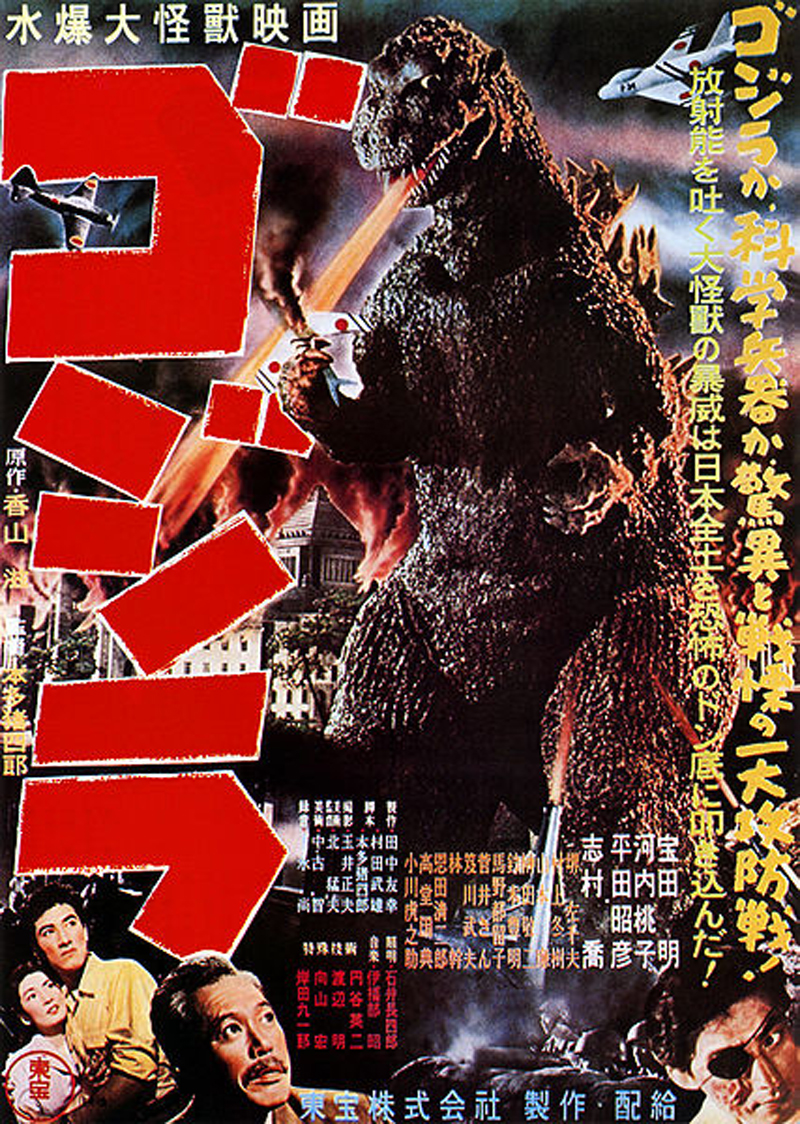
The existence of a significant thread in Japanese popular culture that is fascinated with apocalyptic destruction (think Akira, for example, which was extraordinarily popular during the time I lived in Japan) is not a coincidence, and it certainly does not begin with the accident at Bikini. This is a county that has experienced massive destruction, both natural and man-made, more than a few times.
The current disaster is significant because it mixes a natural disaster with the problems of our increasingly nuclearized world in a way that is new outside of fictional speculation. It should also be noted that this month’s events in Japan have already been more deadly than any disaster in American history (the deadliest was the Galviston Hurricane of 1900*), and yet, it pales in comparison to some of the disasters that populate Japanese history.
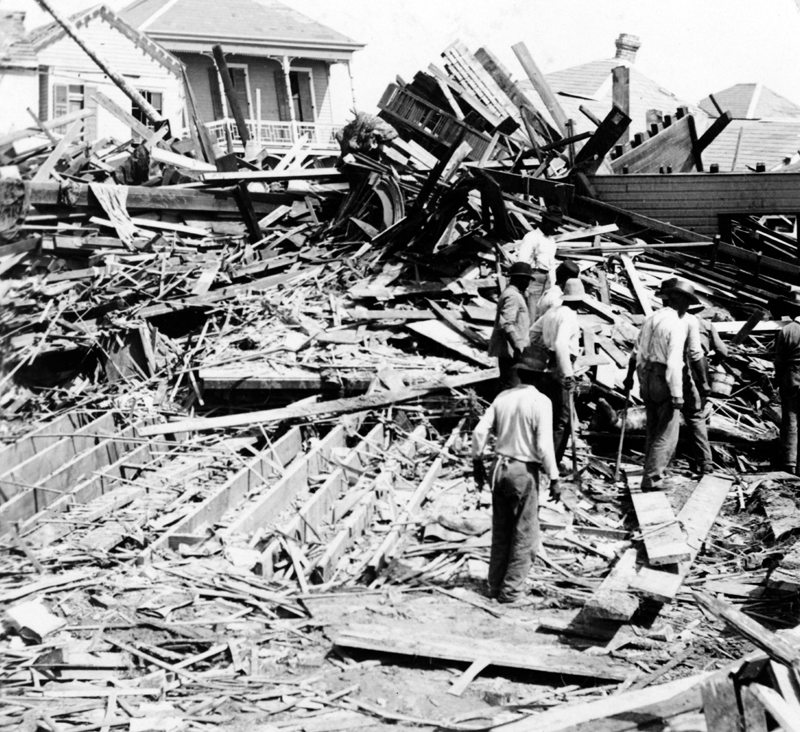
The Japanese do not share our general culture of optimism. I suspect that many Japanese hold a view that when you build a city the size of Tokyo (or New York), or you make devices like nuclear bombs, or, for that matter, you build a lot of nuclear power plants, you can never totally control what will happen. Disasters WILL eventually and inevitably occur. I think this attitude is a product of hard experience. Not only does Japan have the world’s only direct experience of nuclear devastation, but it also has a deep history when it comes to large-scale disasters in general. I believe this gives them a perspective that we do not really share or fully appreciate.
We all know about the bombing of Hiroshima in August of 1945, and some may be aware that this one bomb destroyed 69% of that city’s buildings, and ultimately killed an estimated 140,000 civilians.
Tokyo and other cities were also devastated by conventional firebombing during WWII. The fires in Tokyo alone took an estimated 90,000 lives. Tokyo also experienced approximately 142,000 deaths in 1923 as a result of the Great Kanto Earthquake, with its own tsunami and fires that destroyed most of the city. Continuing back in time, when Tokyo was called Edo, the 1703 Genroku Earthquake killed 2,300 directly, and then another 100,000 from a subsequent tsunami. These are numbers on a scale that are hard to fully comprehend. Each one of these events represents death on a greater scale than the totals from most of America’s wars. Only WWII and the Civil War saw more American deaths than these singular events.*
This is not to belittle our own national tragedies in any way. Clearly, Pearl Harbor and 9/11 had immediate galvanizing impacts, and they transformed our view of ourselves and the world. They were terrible events planned and executed by an external enemy. These events were easy to interpret in moral terms, and this made the task of organizing a national response relatively swift and easy. But what of Hurricane Katrina, where institutional and human failure resulted in the 6th most deadly natural disaster in American history? Why has that event changed almost nothing? Is it because the “bad guy” was ourselves and our own institutions? What if Katrina had been 30 to 50 times more deadly?
On March 11th, the largest earthquake in its history shook Japan’s northeast region, but relatively few were killed by the quake itself. This was, I venture, because of the rigor with which the Japanese have enforced their building codes, and because of a long tradition and habit of always building with the assumption of an eventual earthquake in mind.
The United States is very young and we continue to believe that we are somehow exceptional, exempt, even invincible—a bit like every teenager in the world.
Now consider our own situation in the United States. Due to our age and building habits, I am sure that neither our nuclear storage facilities nor our nuclear power plants have been built to withstand a major earthquake. And consider further our general lack of experience with truly large-scale disasters. Then consider what happened in Haiti a little more than a year ago when they—as unprepared as we were for Katrina—were hit by a magnitude 7.0 earthquake near a densely populated city; the death toll has been estimated in a range starting at 200,000 and topping off at 316,000.
As countries go, the United States is very young, and we continue to believe that we are somehow exceptional, exempt, even invincible—a bit like every teenager in the world—who holds no conception of his or her mortality or fallibility. Is it, therefore, our ultimate destiny, like a grand Greek tragedy, to suffer terribly from our hubris?
So far, we have been very lucky.
For those who may want to donate to help the victims of the disaster in Japan: The Japan Society’s Japan Earthquake Relief Fund
For sustainable loans to small businesses contributing to the long process of rebuilding Haiti after its earthquake, there is Zafen.


